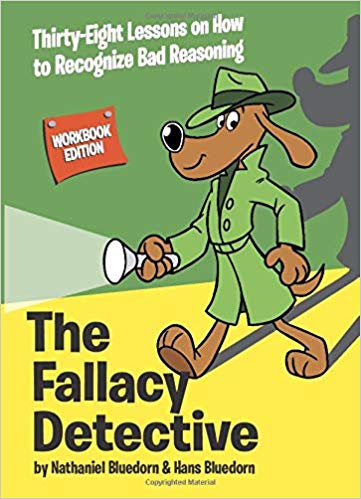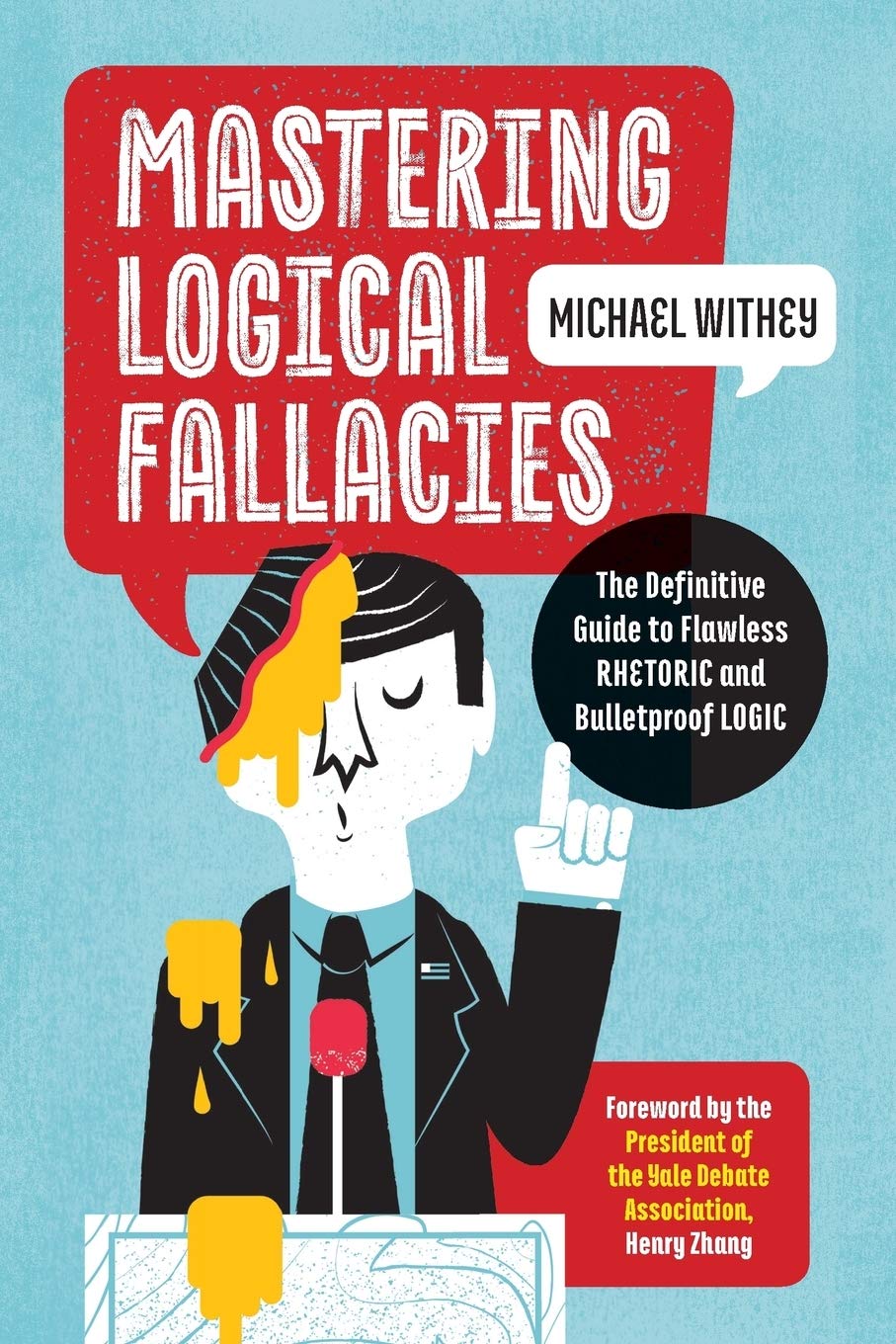
Slippery Slope
The slippery slope fallacy consists of arguments that reason if something S were to happen, then something else P will eventually occur, so we should prohibit S from happening.
Example of Slippery Slope
- If we let our child out of his room, eventually he will want to leave the house, and will end up on the street. If he is walking around on the street then he will be snatched up by a stranger and sold into slavery in a remote region on the World.
Though it may be true that the child might leave the house and go on the street, but endin gup as a slave in a remote part of the world is comically unlikely. - If Donald Trump gets elected for a second term, he will show his true colors as a nazi dictator, abolish the U.S. democratic republic, and appoint himself as emperor.

Books About Logical Fallacies
A few books to help you get a real handle on logical fallacies.





Slippery SlopeExtended Explanation
The Slippery Slope fallacy is a logical fallacy that is used to describe a situation where a person argues that if one event happens, then a series of negative events will follow, creating an unstoppable chain reaction. It is a form of argument that assumes that if one event occurs, it will lead to a chain reaction of further events, with each event leading to the next in an inevitable fashion. This type of argument often ignores any intervening steps or factors that could break the chain of events, thus creating a false argument.
The Slippery Slope fallacy is usually used to make a point about something that is not necessarily true. It is a type of argument that relies on exaggerating the consequences of a certain event in order to make it seem more serious than it actually is. For example, if a person were to argue that if the government allowed same-sex marriage, then it would lead to the acceptance of polygamy and bestiality, they would be using the Slippery Slope fallacy. This is because there is no real evidence that same-sex marriage would lead to the acceptance of polygamy or bestiality.
The Slippery Slope fallacy is often used to create fear in an argument by exaggerating the consequences of an event or decision. This type of argument is usually used to persuade people to take a certain action or to reject a certain idea. It is important to remember that this type of argument does not present any real evidence to support its claims. Instead, it relies on emotion and exaggeration to make a point.
The Slippery Slope fallacy can be a useful tool for persuasive arguments, but it should be used with caution. It is important to remember that this type of argument does not provide any real evidence to support its claims and should not be used as a basis for making decisions. It is also important to remember that this type of argument relies on exaggeration and fear-mongering, so it should not be used as a basis for making decisions.